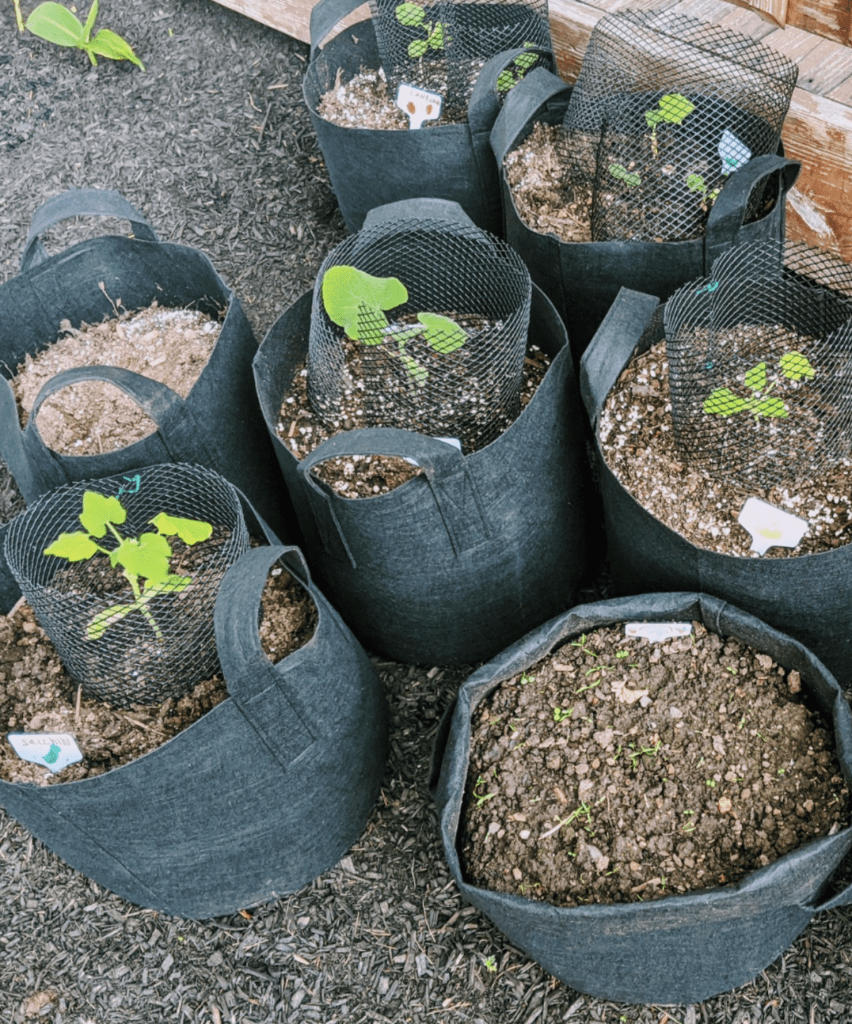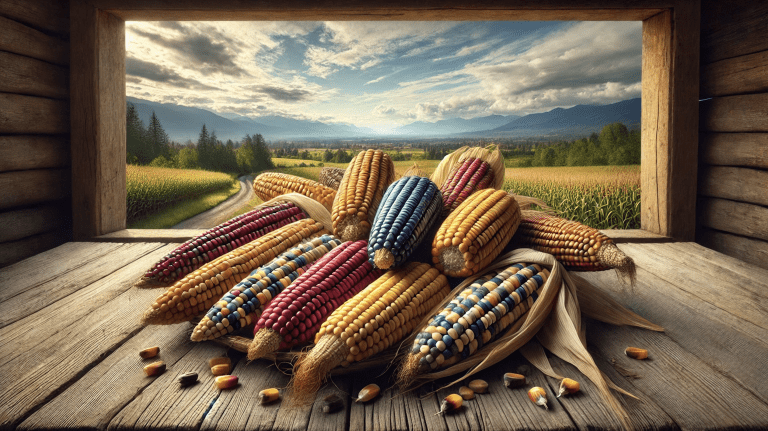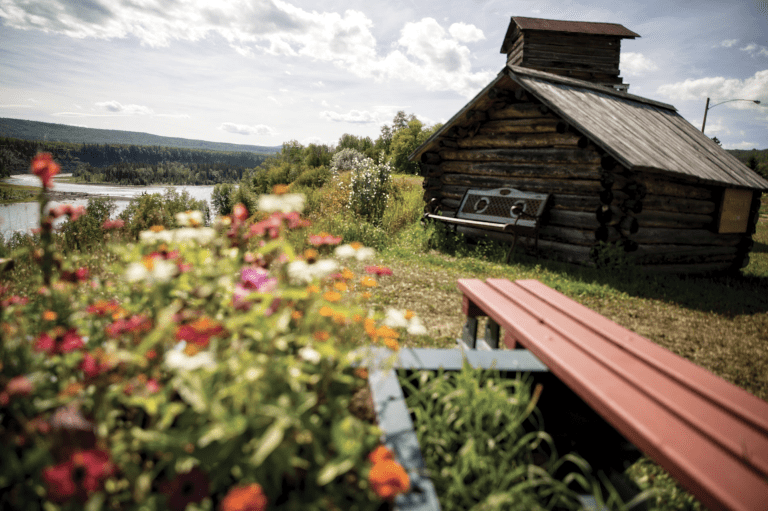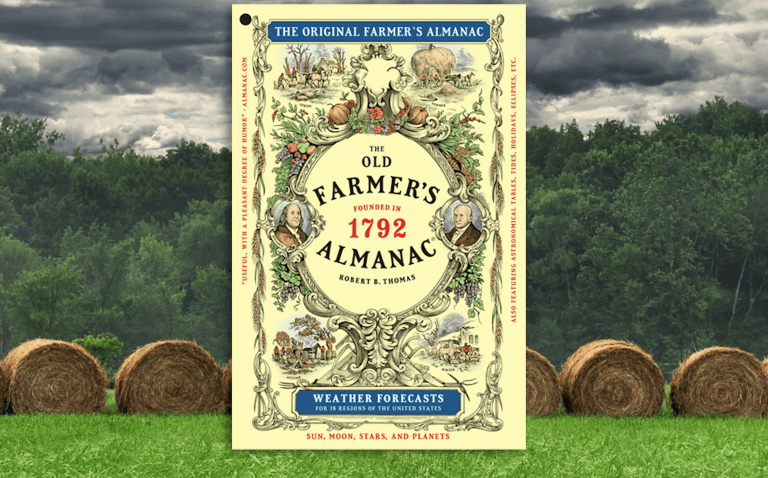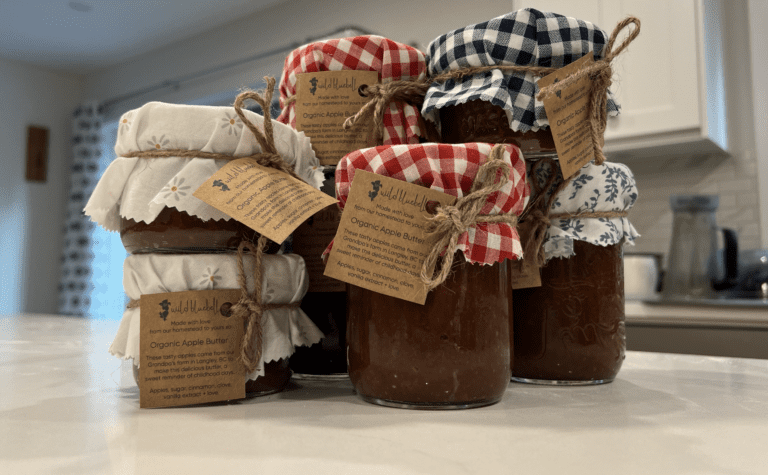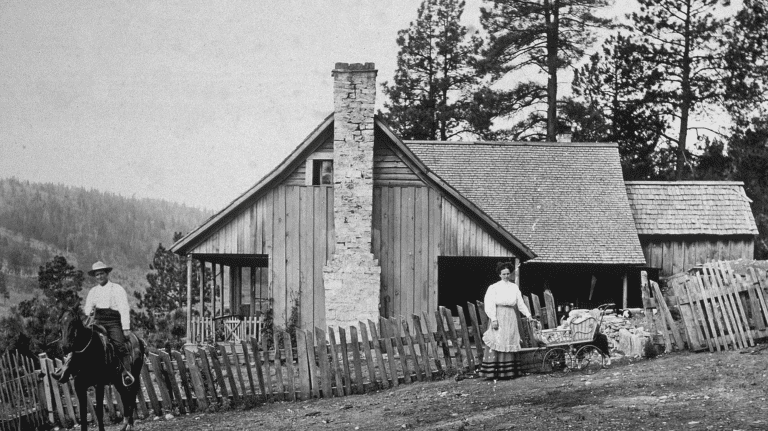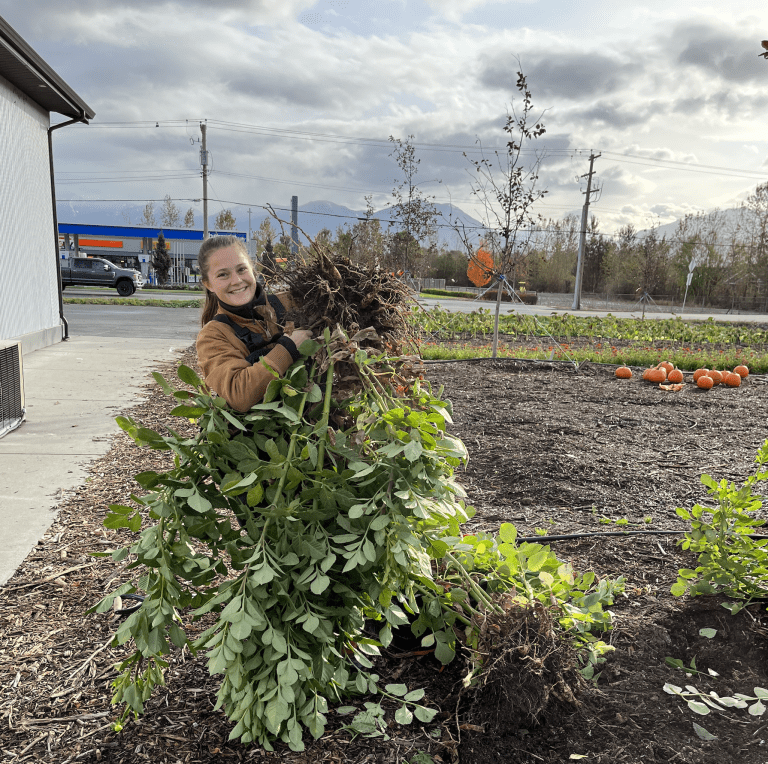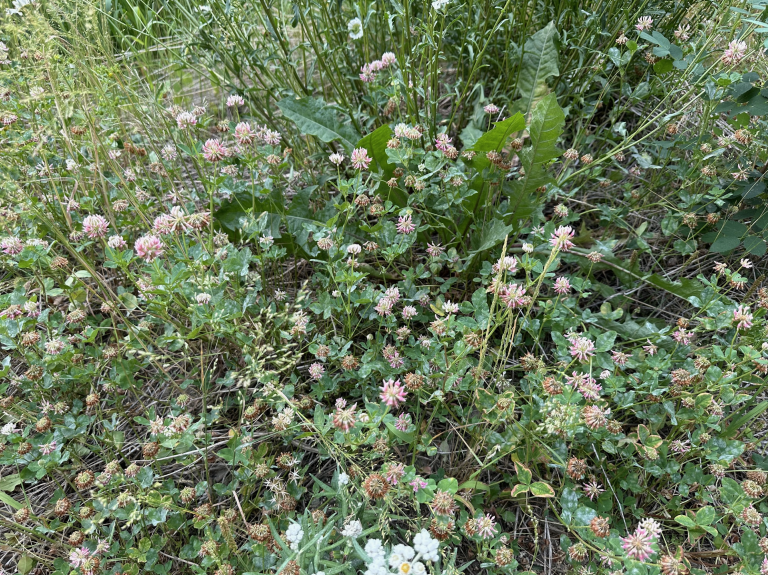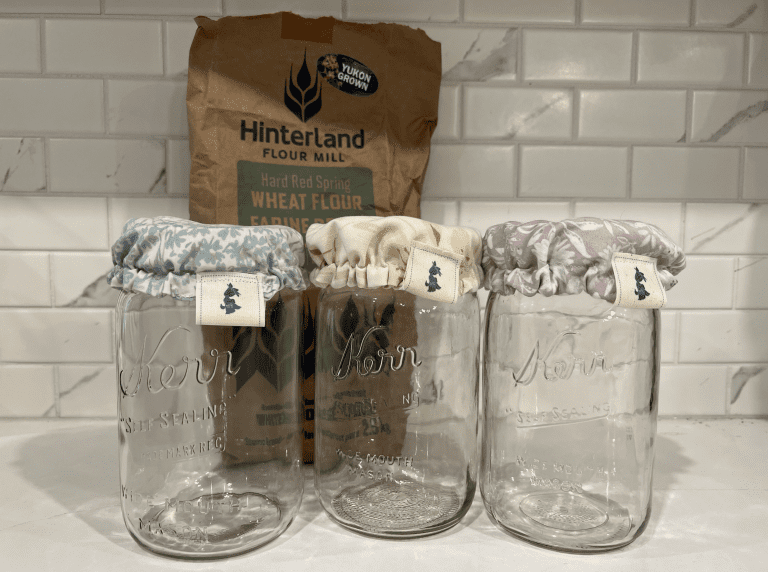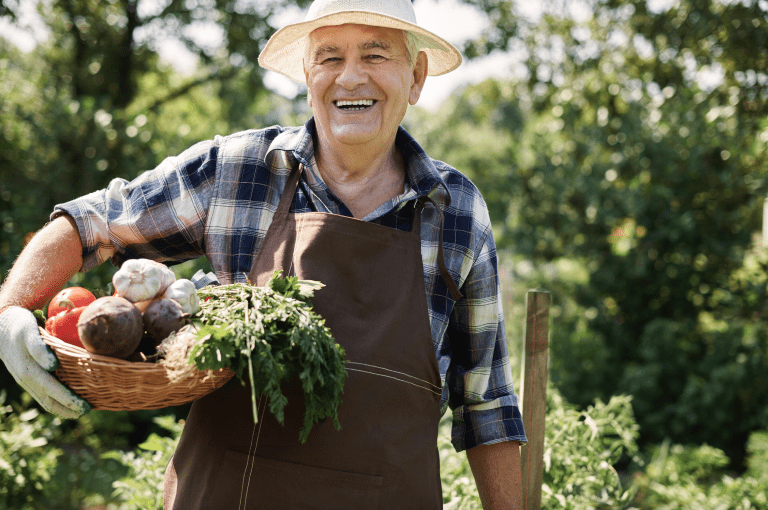Are you passionate about gardening and the environment at your homestead in Canada? Then reusable garden grow bags might just be the solution you’ve been looking for. These eco-friendly containers not only offer a convenient and versatile way to grow your own plants, but they also help to reduce waste and promote sustainability. Made from durable materials like recycled plastic or organic cotton, reusable grow bags are designed to last for years, making them a cost-effective and environmentally conscious choice for gardeners of all levels. So, whether you’re a seasoned pro or just starting out, join us as we explore the world of reusable garden grow bags and discover how they can help you grow a bountiful garden while also caring for the planet.
What are reusable garden grow bags?
Reusable garden grow bags are durable fabric containers used for growing plants and vegetables in a garden or indoor setting. They are typically made of a breathable, non-woven material such as felt, and come in various sizes and shapes to accommodate different types of plants.
The benefits of using reusable garden grow bags include their portability, as they can be easily moved around and placed in different locations as needed. They also allow for better aeration and drainage than traditional plastic pots, which can improve plant growth and reduce the risk of root rot.
Additionally, because they are reusable, garden grow bags can be a more sustainable option for gardening as they reduce waste and can last for multiple growing seasons with proper care.
What are the benefits of growing fruits and vegetables with reusable grow bags?
Better drainage: Grow bags provide better drainage than traditional pots, which helps prevent overwatering and root rot. This allows for healthier plants and a better harvest.
Improved aeration: Grow bags are made from breathable materials, which allows for better aeration of the soil. This can improve plant growth and prevent soil compaction.
Mobility: Grow bags are portable, making it easy to move plants around to follow the sun or avoid extreme weather conditions. This can be especially beneficial for indoor or balcony gardening.
Sustainability: Reusable grow bags are a more sustainable option than traditional plastic pots, which can contribute to waste. Grow bags can be used for multiple growing seasons and can be washed and stored for future use.
Cost-effective: Grow bags are typically less expensive than traditional pots, and their durability and reusability can make them a more cost-effective option in the long run.
What techniques can you recommend for growing herbs, micro greens, or other fruits and vegetables at home using grow bags?
Choose the right size grow bag: Make sure to choose a grow bag that is the appropriate size for the plant you want to grow. Smaller bags are ideal for herbs and microgreens, while larger bags can accommodate larger plants like tomatoes and peppers.
Use good quality soil: Use a high-quality potting mix that is well-draining and nutrient-rich. Do not use regular garden soil, as it can be too heavy and not provide adequate drainage.
Provide proper drainage: Make sure to choose a grow bag with drainage holes or add your own to prevent overwatering and root rot.
Water regularly: Water your plants regularly, but be careful not to overwater them. Check the soil moisture level with your finger or a moisture meter before watering.
Fertilize appropriately: Use a balanced fertilizer or a fertilizer specifically formulated for the type of plant you are growing. Follow the recommended application rate on the label.
Monitor for pests and diseases: Keep an eye out for pests and diseases, and take action promptly if you notice any issues. Remove any affected leaves or plants and use an appropriate treatment if necessary.
Choose the right location: Place your grow bag in a location that receives adequate sunlight for the type of plant you are growing. Some plants require full sun, while others prefer partial shade.
Prune regularly: Regularly prune your plants to encourage growth and prevent overcrowding. This can also help prevent disease and pest issues.
Harvest regularly: Harvest your plants regularly to promote growth and prevent overgrowth. This can also help keep your plants healthy and prevent them from becoming too leggy.
What are all of the most common sizes for grow bags and what types of soil do you suggest?
Grow bags come in a variety of sizes, but some of the most common sizes include:
1 gallon (3.8 liters)
2 gallon (7.6 liters)
3 gallon (11.4 liters)
5 gallon (19 liters)
7 gallon (26.5 liters)
10 gallon (38 liters)
When it comes to soil for grow bags, it’s important to choose high-quality soil that has good drainage, retains moisture, and provides the necessary nutrients for your plants to thrive. Some types of soil that are commonly used for grow bags include:
Peat-based soil: This type of soil is made from decomposed sphagnum moss and is a popular choice for grow bags. It has good water retention and is also lightweight, which makes it easy to move around.
Coco coir: This is a byproduct of the coconut industry and is a great alternative to peat-based soil. It’s sustainable and environmentally friendly, and it also has good water retention and drainage.
Perlite and vermiculite: These are mineral-based additives that can be mixed with soil to improve drainage and aeration.
Compost: Adding compost to your soil mix can help to improve soil structure and fertility.
Potting soil mixes: Many commercial potting soil mixes are suitable for use in grow bags and provide a good balance of nutrients, drainage, and moisture retention.
The type of soil you choose will depend on the specific needs of your plants and the growing conditions in your area. It’s always a good idea to do some research and experiment with different soil mixes to find the one that works best for your particular situation.
How to plant root vegetables in layers using a garden grow bag to maximize yield?
Layering root vegetables in a garden grow bag is a great way to maximize your yield and make the most of your available space. Here’s how to do it:
Fill the bottom of the grow bag with a layer of good quality potting soil, about 2-3 inches deep.
Place your first layer of root vegetables on top of the soil. For example, you could start with a layer of carrots or beets.
Cover the first layer with another 2-3 inches of potting soil.
Add your next layer of root vegetables, such as turnips or radishes.
Cover with another layer of soil.
Continue layering vegetables and soil until you reach the top of the bag, leaving about an inch of space at the top.
Water thoroughly to ensure the soil is moist throughout the bag.
As the vegetables grow, continue to add soil around the plants, keeping them well-fed and supported.
Harvest your vegetables when they’re ready, starting from the top layer and working your way down.
Layering root vegetables in a garden grow bag can help you maximize your yield by creating multiple layers of growing space. The different layers also help ensure that the vegetables are well-spaced and have enough room to grow to their full potential. With a little patience and care, you’ll be able to enjoy a bountiful harvest of delicious, homegrown root vegetables.
What are the various types of materials grow bags are made of and the benefits of each?
Grow bags can be made from a variety of materials, each with its own set of benefits. Some of the most common materials used to make grow bags include:
Fabric: Fabric grow bags are often made from geotextile materials, such as polypropylene or felt. These materials are breathable, allowing air to circulate through the soil and promoting healthy root growth. They also provide good drainage, preventing water from accumulating at the bottom of the bag and potentially causing root rot. Fabric grow bags are also reusable and can be easily washed and sterilized between uses.
Plastic: Plastic grow bags are typically made from polyethylene or polypropylene. They are lightweight, inexpensive, and available in a variety of sizes. Plastic bags provide good insulation, which can help to regulate soil temperature and protect plants from extreme heat or cold. However, plastic bags are not breathable and can cause soil to become waterlogged if proper drainage is not provided.
Biodegradable materials: Biodegradable grow bags are typically made from materials such as coconut coir, peat moss, or recycled paper. These materials are eco-friendly and can be composted after use. However, biodegradable bags may break down too quickly and lose their structural integrity, causing soil to spill out and potentially damaging plants.
Wood fiber: Wood fiber grow bags are made from recycled wood pulp and are designed to be biodegradable. They provide good drainage and insulation, but can be difficult to find and may be more expensive than other materials.
The choice of material for a grow bag will depend on a variety of factors, including the specific needs of the plants being grown, the growing conditions, and personal preference. Fabric grow bags are a popular choice among many gardeners due to their breathability, drainage, and reusability. However, plastic bags and biodegradable bags may be more appropriate for certain growing situations.
What is the process of extracting produce from reusable grow bags and recycling the soil at the end of the growing season?
To remove your produce from reusable grow bags at the end of the growing season and reuse the soil, follow these steps:
Harvest all of the remaining produce from the plants, and dispose of any plant debris or dead leaves.
Empty the soil out of the grow bag into a container or onto a tarp.
Remove any large roots or other debris from the soil, and break up any clumps.
Once the soil is dry, mix in some fresh compost or other organic matter to replenish nutrients and improve soil structure.
Store the soil in a covered container or bin until you are ready to use it again.
Before using the soil again, moisten it thoroughly and mix it well to ensure it is evenly moistened.
By reusing soil from your grow bags, you can help reduce waste and save money on soil amendments. However, it is important to replenish nutrients and improve soil structure to ensure healthy plant growth.
Anything else to know about reusable garden grow bags for maximizing your homestead food yield?
Rotate crops: To prevent soil-borne diseases and nutrient depletion, rotate the types of crops you grow in each grow bag. For example, don’t grow tomatoes in the same bag year after year.
Choose the right plants: Some plants are better suited for growing in grow bags than others. Choose plants that have shallow root systems, such as lettuce, herbs, and strawberries, for smaller bags, and those with deeper root systems, such as tomatoes, peppers, and eggplants, for larger bags.
Use trellises and supports: Many plants benefit from trellises or other supports, which can help prevent sprawling and maximize vertical growing space. Use stakes, cages, or trellis netting to support vining plants like tomatoes, cucumbers, and beans.
Consider companion planting: Some plants can benefit from being grown together due to their complementary growth habits and pest-repelling properties. For example, planting basil and tomatoes together can help repel pests like aphids and whiteflies.
Experiment with growing techniques: There are many different growing techniques that can be used with grow bags, such as container gardening, hydroponics, and aquaponics. Experiment with different techniques to find what works best for your plants and growing conditions.
In conclusion, reusable grow bags are a versatile and sustainable option for growing fruits and vegetables at your homestead in Canada. With their lightweight, portable design and ability to accommodate a wide range of plants, they offer a practical solution for those seeking to cultivate their own fresh produce without the hassle of traditional gardening methods.
Not only do reusable grow bags reduce waste and promote a more eco-friendly lifestyle, but they also provide an opportunity for individuals to reconnect with nature and take control of their food production. By using these bags, you can save money on groceries and enjoy the satisfaction of eating fruits and vegetables that you have grown yourself.
While there may be some initial investment involved in purchasing reusable grow bags, the long-term benefits far outweigh the costs. With proper care and maintenance, these bags can last for several seasons and provide a reliable source of fresh produce year after year.
So if you’re looking to start your own homestead in Canada, consider using reusable grow bags as a sustainable and convenient option for growing your own fruits and vegetables. Not only will you be supporting a more eco-friendly lifestyle, but you’ll also be able to enjoy the many health benefits that come with eating fresh, home-grown produce.

